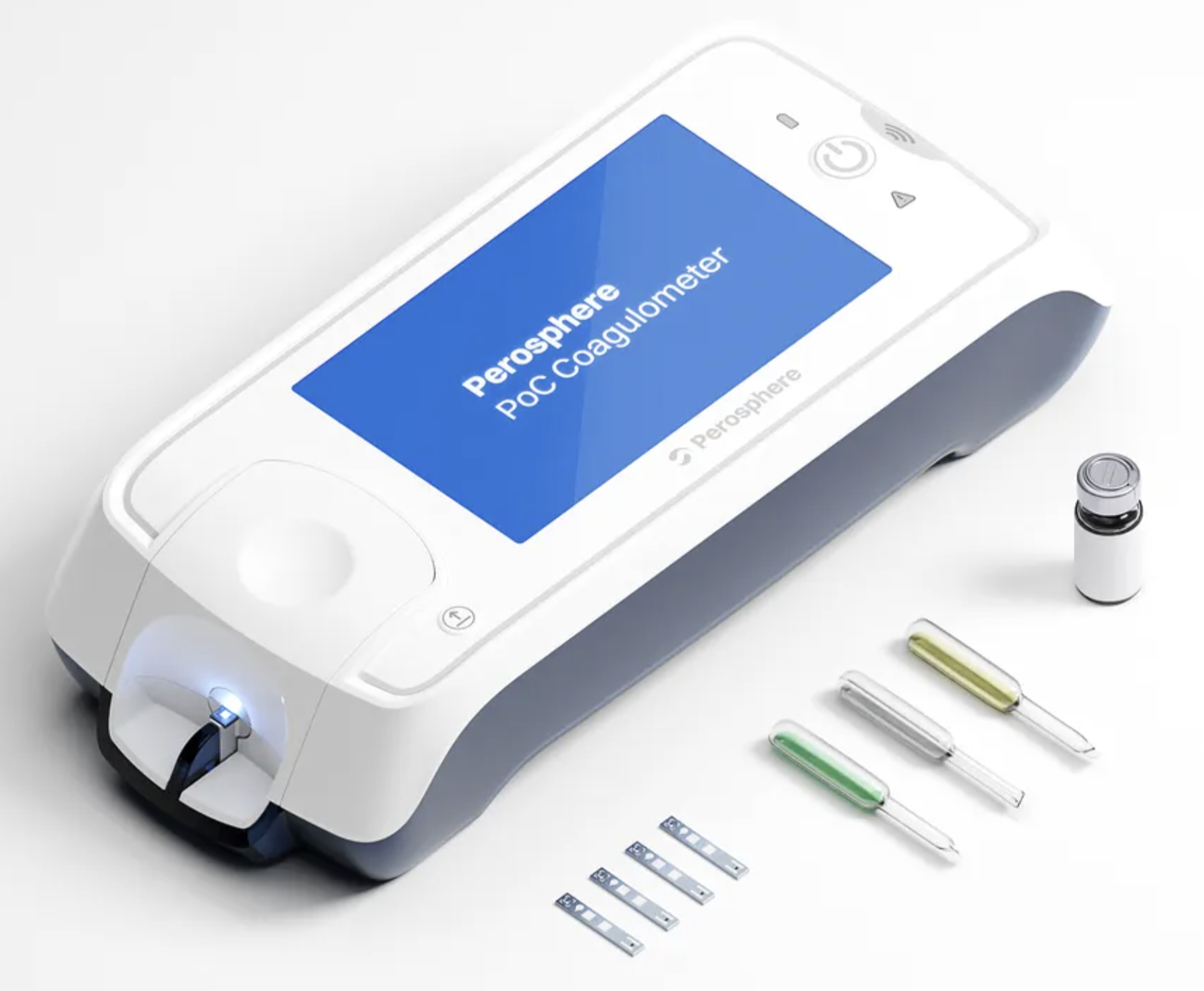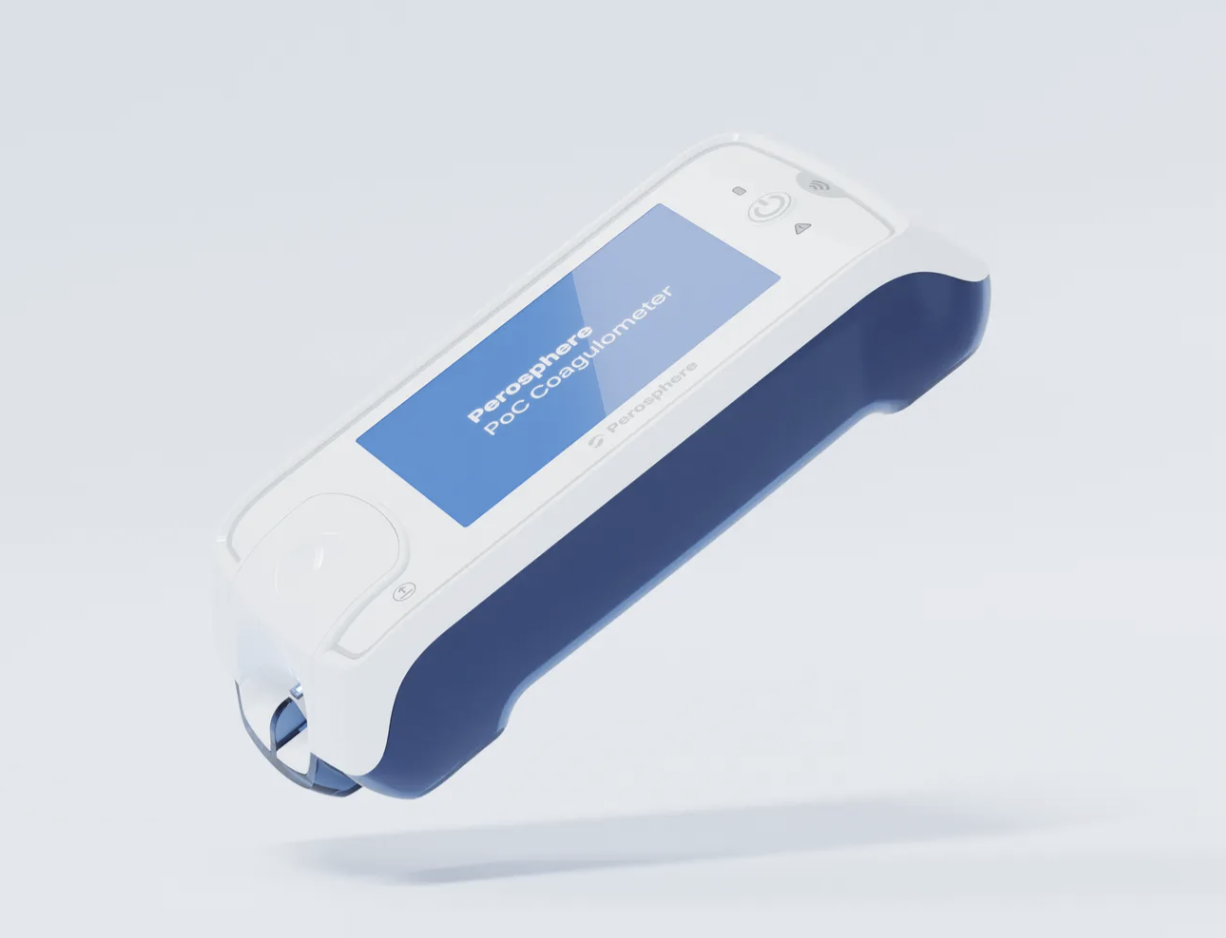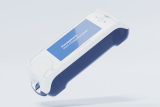Repeat Disinfection of an In-Vitro Diagnostic Medical Device
Case Study
Posted by: Jack Jennings
9 months ago
The Issue
Perosphere Technologies, Inc., needed to precondition some in-vitro diagnostic (IVD) devices to the end of their useful life in order to demonstrate that the devices will function properly after a simulated lifetime of reprocessing according to the instructions-for-use (IFU). In addition to the need for this data, Perosphere had a 6-week deadline to complete the testing as upstream project delays had encroached on their testing timeline.
Background
Perosphere Technologies, Inc. manufactures a coagulometer device that is classified as a point-of-care (PoC) diagnostic tool. Specifically, it is a hand-held device designed for direct oral anticoagulant (DOAC) and low molecular weight heparin (LWMH) coagulation testing.[1] The device has received CE-IVD marking, which indicates it meets the safety and performance standards set by the European In-Vitro Diagnostic Devices Directive (98/79/EC)

Many patients require anticoagulants, which help prevent blood clots and stroke. The Perosphere ClotChek™ Coagulometer is currently the only pharmacodynamic, reagent-free diagnostic tool for use at the point-of-care, i.e., bedside. The PoC Coagulometer test results can assist doctors and other health care professionals (HCPs) in the rapid diagnosis of coagulation status and enabling informed treatment decision-making in emergency and other medical settings. The PoC Coagulometer provides HCPs with diagnostic results in 3-8 minutes.[2]
The ClotChek Coagulometer performs individual point-of-care clotting time measurements on human, fresh, whole blood obtained through a venous blood draw. The device is reused for multiple patients and is intended to be reprocessed between each use. The device is not intended to directly contact the patient, however, under worst-case clinical use, blood could be transferred to the device by the health care professional and then to the patient. For this reason, the coagulometer is categorized under the Spaulding classification as a non-critical device that is to be thoroughly cleaned and disinfected after each use.[3]
Study Details
SteriLogix was contracted to conduct 1000 reprocessing cycles (repeat manual cleaning and intermediate disinfection) of the ClotChek Coagulometer in preparation for further functional evaluation of the device by the manufacturer. The reprocessing cycles were performed in accordance with the device IFU which were previously validated in a separate study.

The manual cleaning and intermediate level disinfection consisted of a two-step process:
- Step 1 – Perform manual cleaning of the devices using the worst-case parameters based on the IFU recommended manual cleaning procedures. All surfaces of the device were wiped with moist 70% IPA wipes for a period of 2 minutes and crevices were swabbed with a 70% IPA solution for a period of 30 seconds. Following the IPA exposure, the devices were wiped with a damp lint-free cloth to remove any residual and then dried with another dry non-linting cloth.
- Step 2 – Perform intermediate level disinfection of the devices using the worst-case parameters based on the IFU recommended manual disinfection procedures. All surfaces of the device were wiped with moist 70% IPA wipes and then wrapped in the same wipes for an extended exposure period of 10 minutes. The surfaces were then dried with a dry non-linting cloth.
Photographs were collected at interim points in the testing to document any surface finish changes and/or visible deterioration of the housing. The testing was completed in less than 4 weeks, well within the needed time frame. Perosphere Technologies received the following items at the conclusion of the testing:
- Test certification from SteriLogix (an independent, accredited testing lab) documenting that the devices had been exposed to 1000 reprocessing cycles following the instructions provided in the device IFU
- Compilation of all the photos collected during the testing
- Return of the test devices for further functional and/or biosafety analysis
The Takeaway
Testing requirements for reusable medical devices have changed dramatically in recent years due to changes in FDA guidance and EU-MDR requirements. Click here for more details on current reprocessing durability requirements for IVD medical devices.[4] Manufacturers must now determine the useful life of their reusable instruments and inform the user of this limit, based on testing data. SteriLogix is ISO/IEC 17025 accredited to conduct reprocessing validations and precondition medical device to the end of their useful life. Our specialized equipment and highly trained staff are able to reprocess medical devices in the same manner that they are reprocessed in the healthcare setting, whether that is a hospital sterile products department (SPD) or the clinical office setting. We can provide you with accredited, independent and unbiased data for your R&D or regulatory submission needs. Please contact us today to let us know how we can help you collect the reprocessing validation data you need.
[1] Perosphere Technologies Announces CE-IVD Marking of the Perosphere Technologies PoC Coagulometer System for DOAC and Heparin Testing. Perosphere Technologies press release May 7, 2021.
[2] Perosphere Technologies and M3 Medical Sign Distribution Agreement for Point-of-Care Coagulometer in Ireland. Perosphere Technologies press release July 11, 2024.
[3] Perosphere Technologies Reprocessing Test Protocol dated May 1, 2024.
[4] FDA Guidance Document – Reprocessing Medical Devices in Health Care Settings: Validation Methods and Labeling. Issued March 17, 2015.
Ready to Verify the Life Cycle of Your Reusable Medical Device?
Utilizing our Clinical Reprocessing Cycles (CRC) testing provides a technical, non biased, certified validation so that you can be confident your materials and products are able to withstand the rigors of reprocessing.
